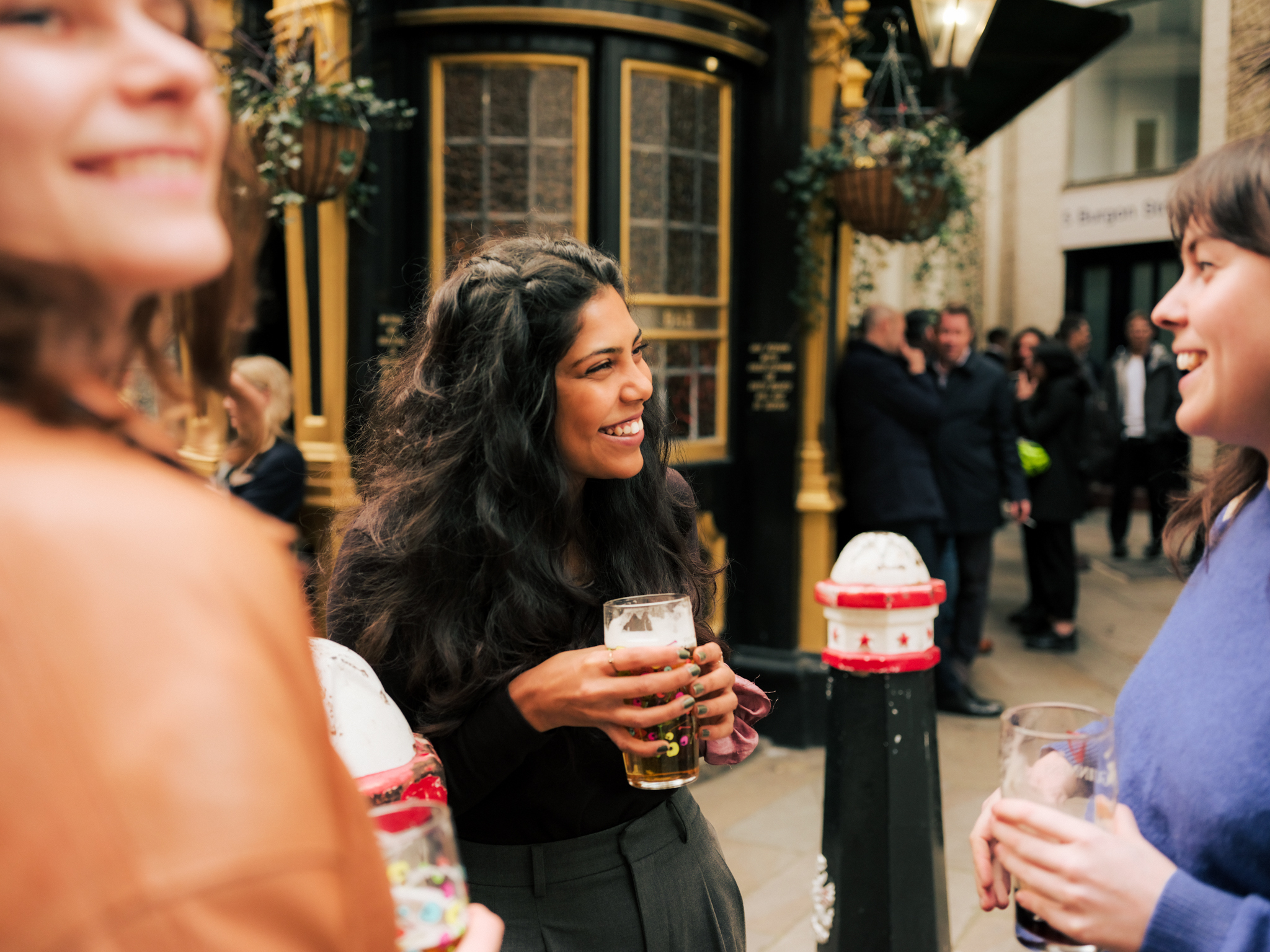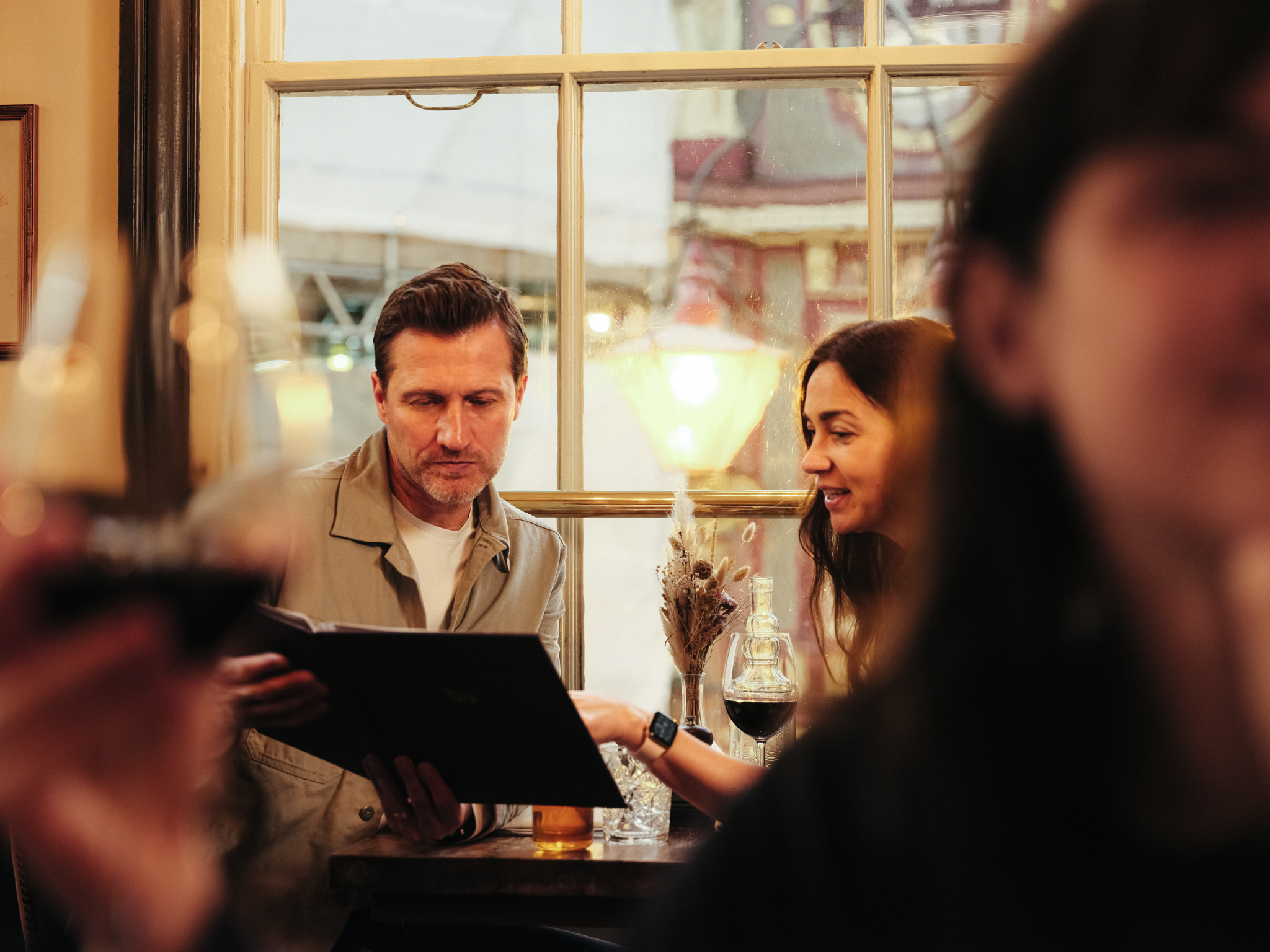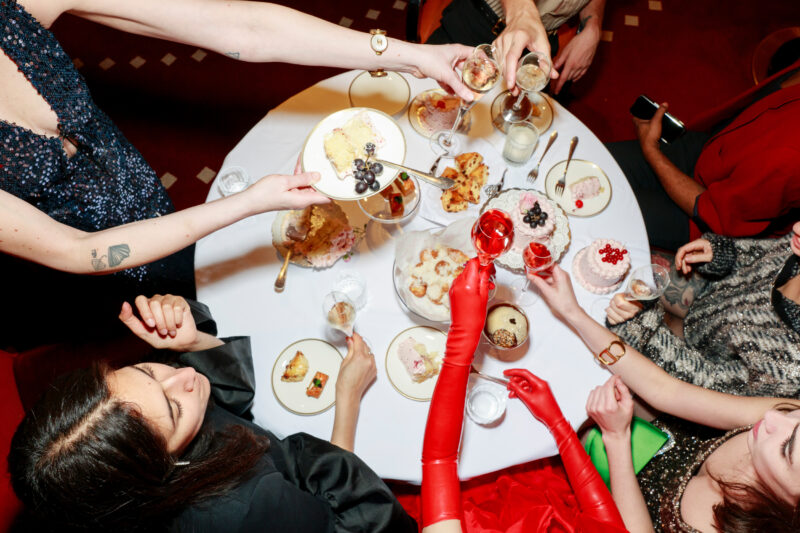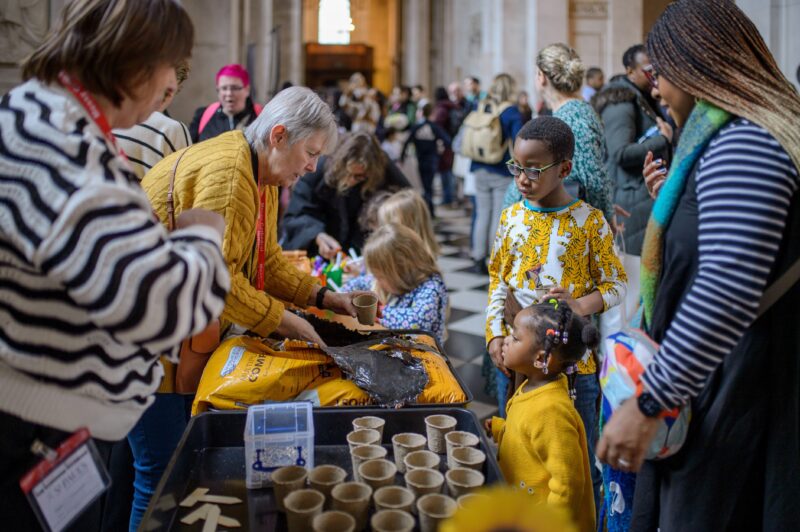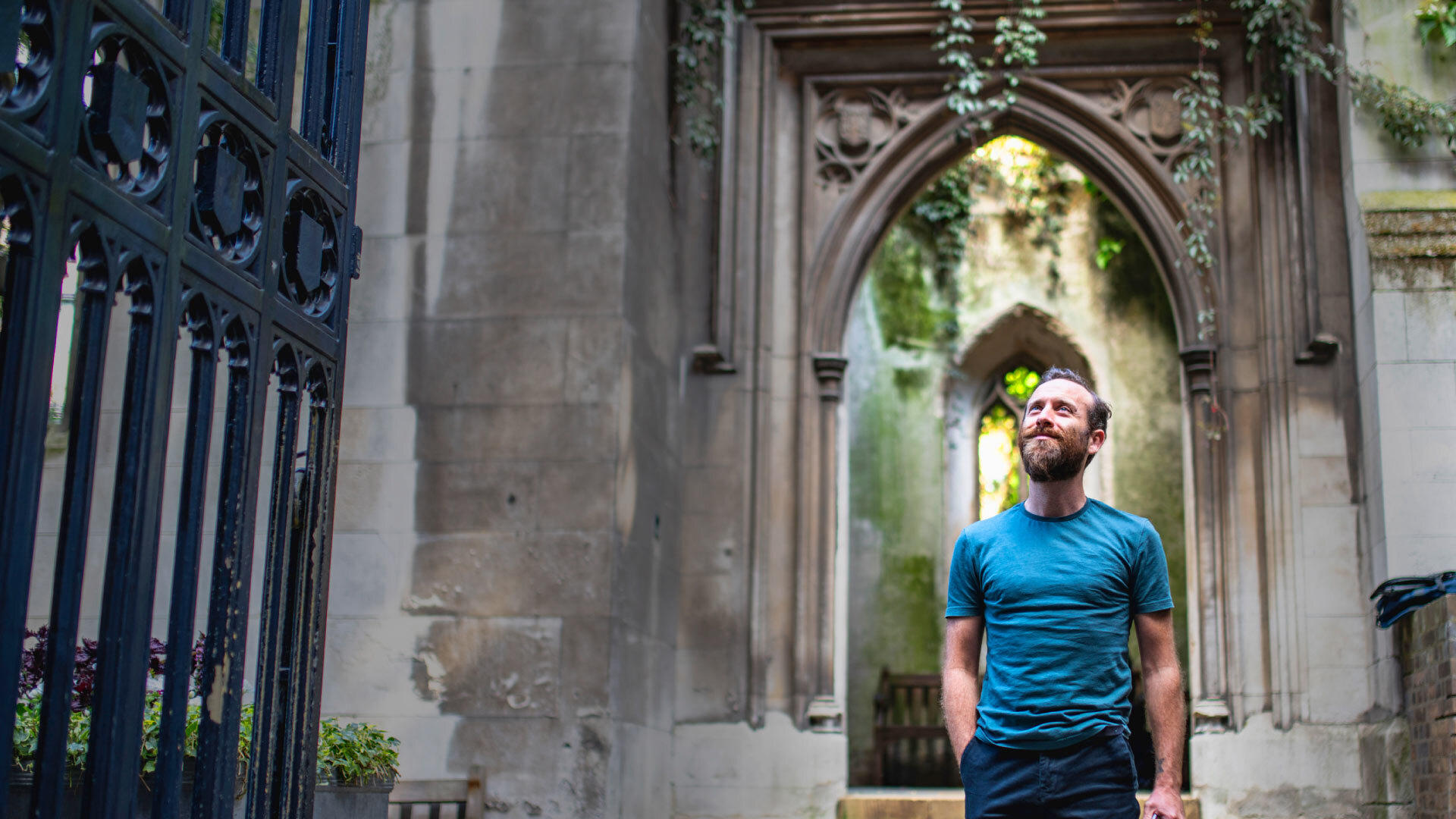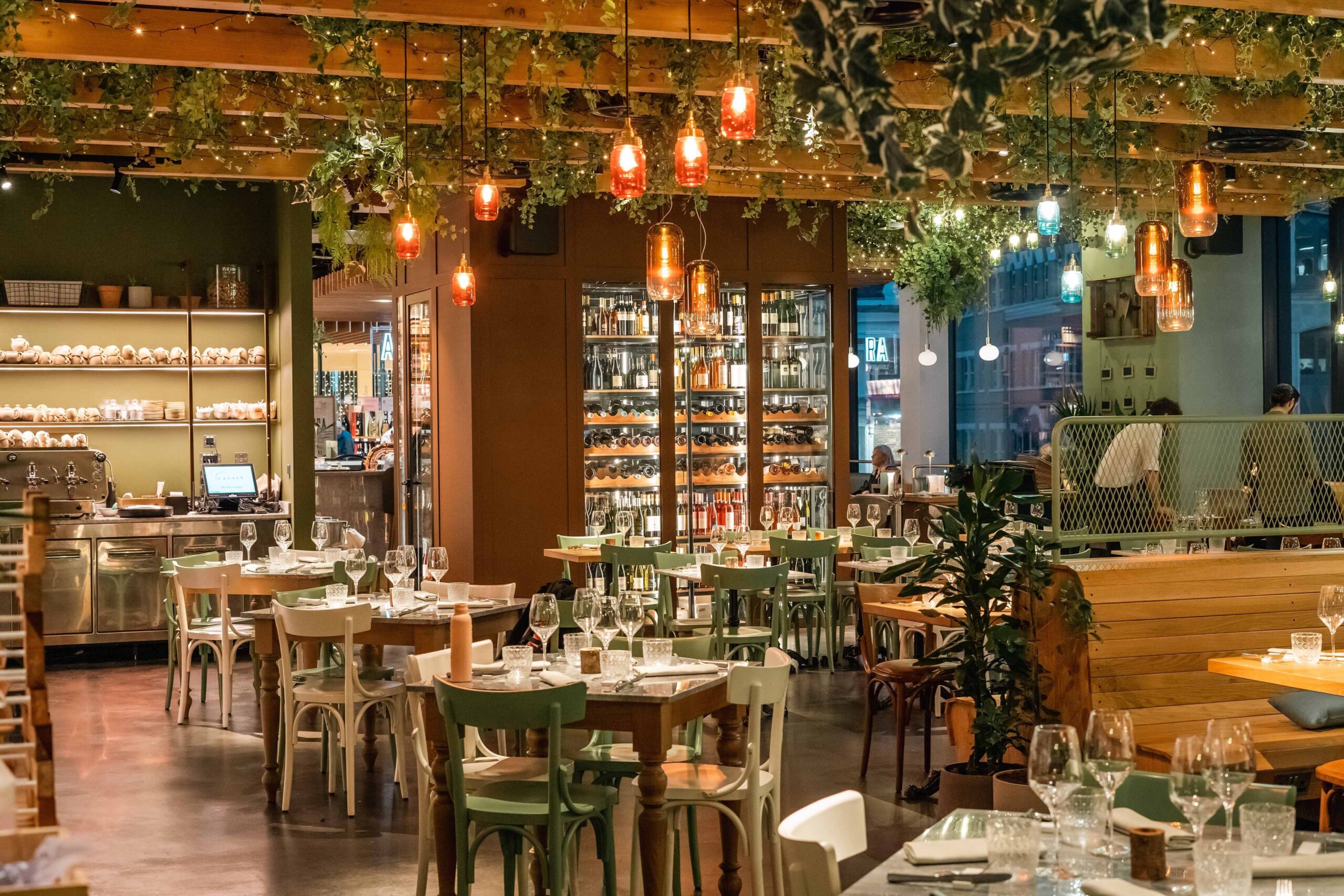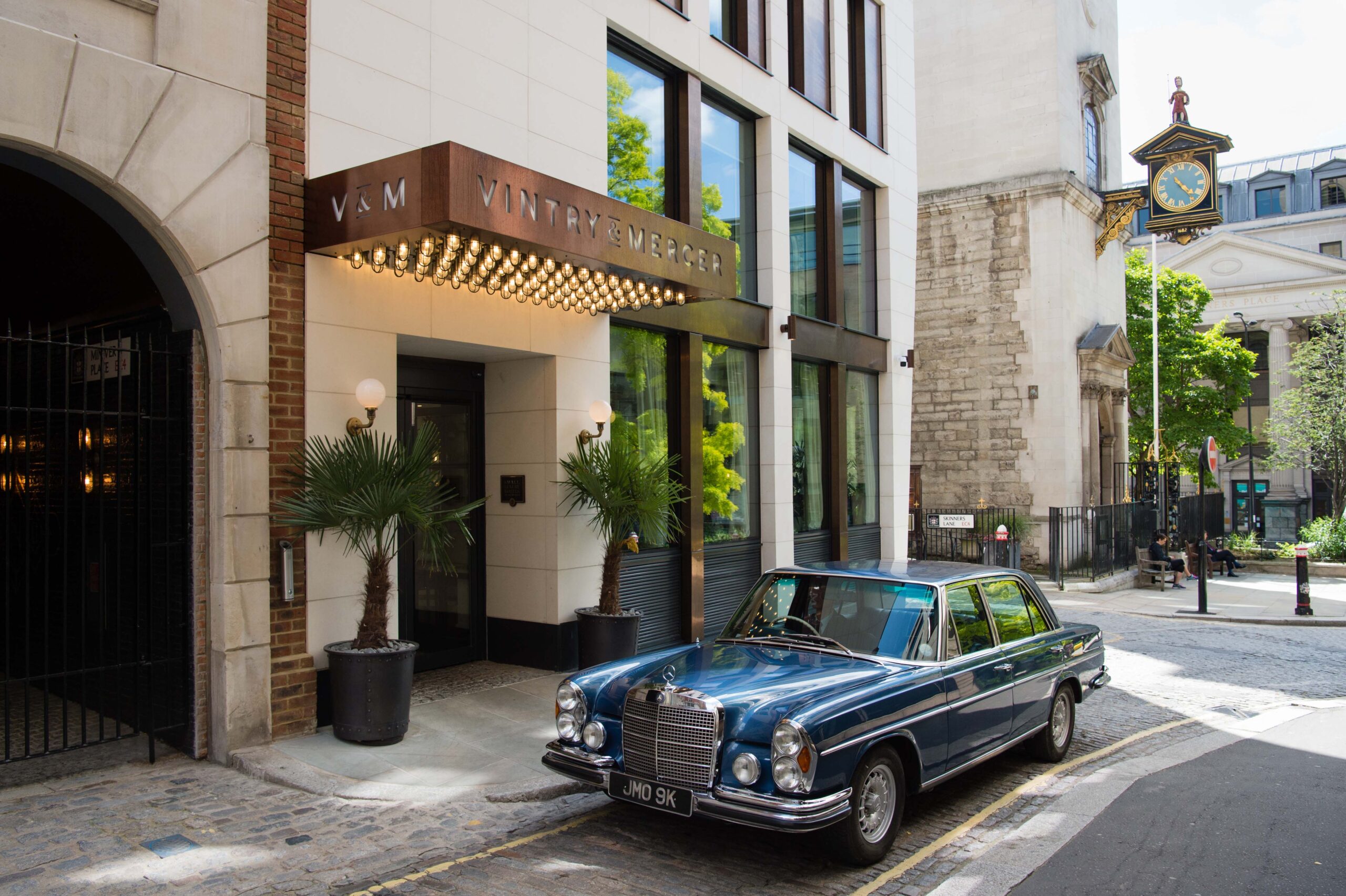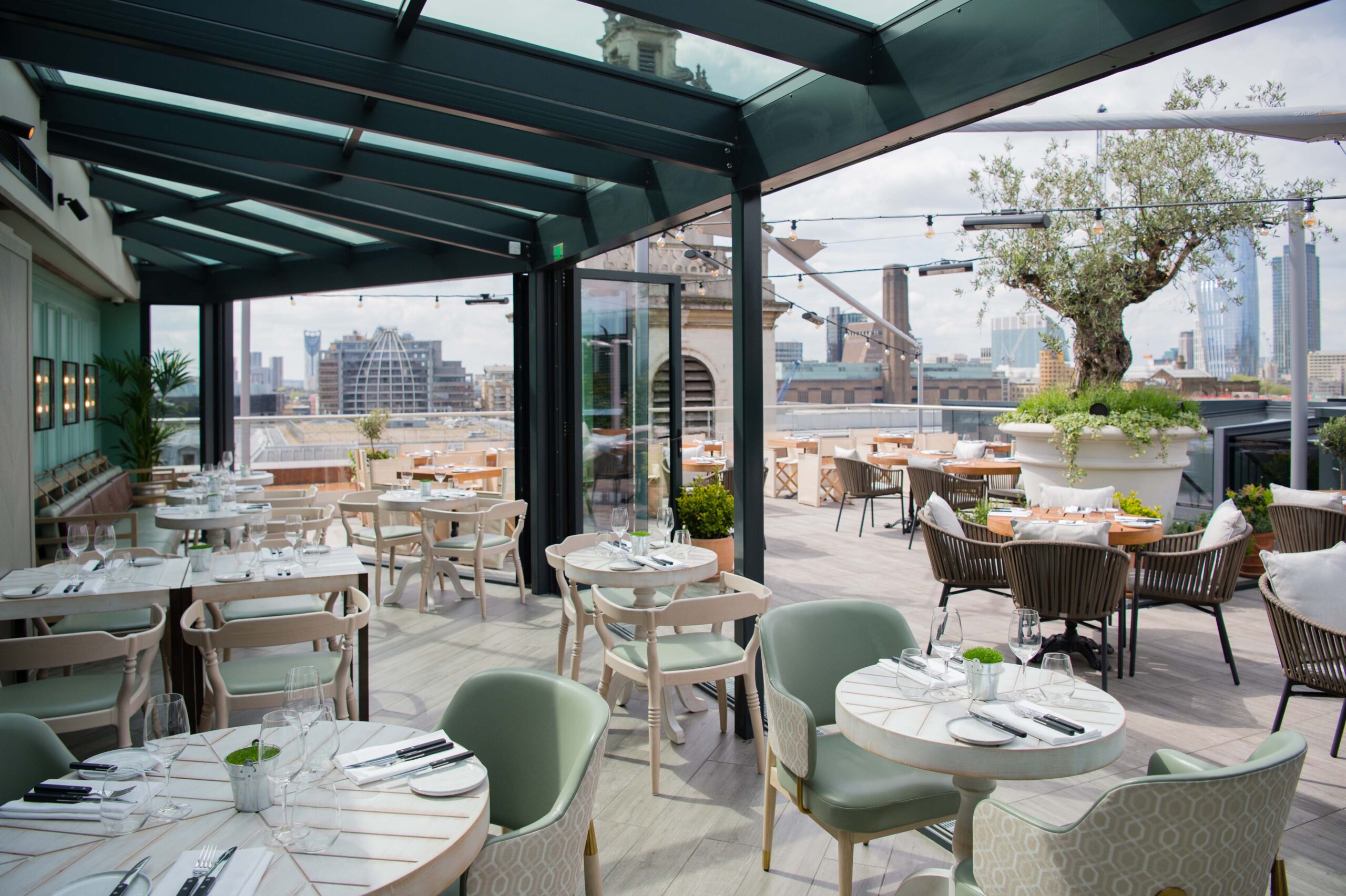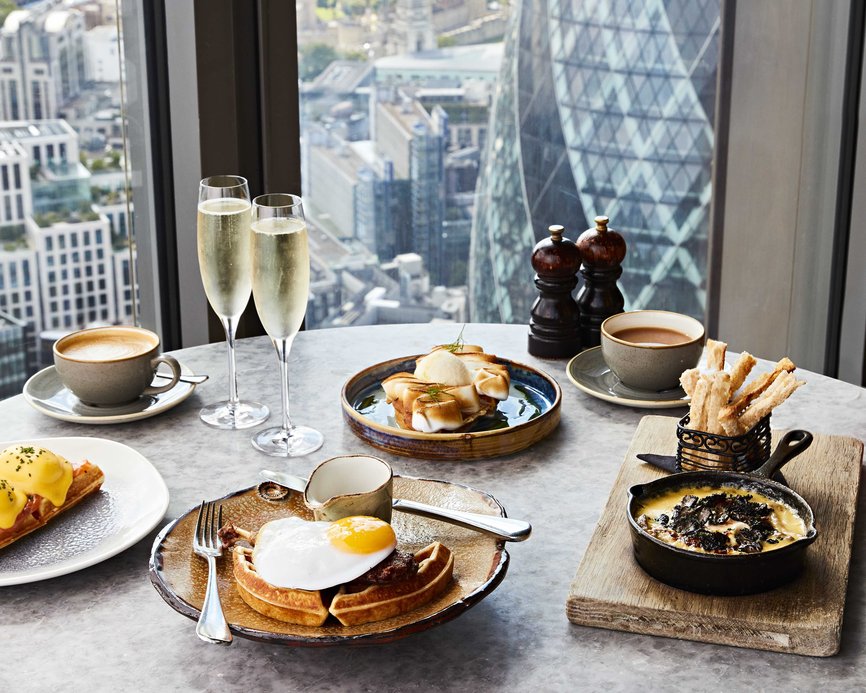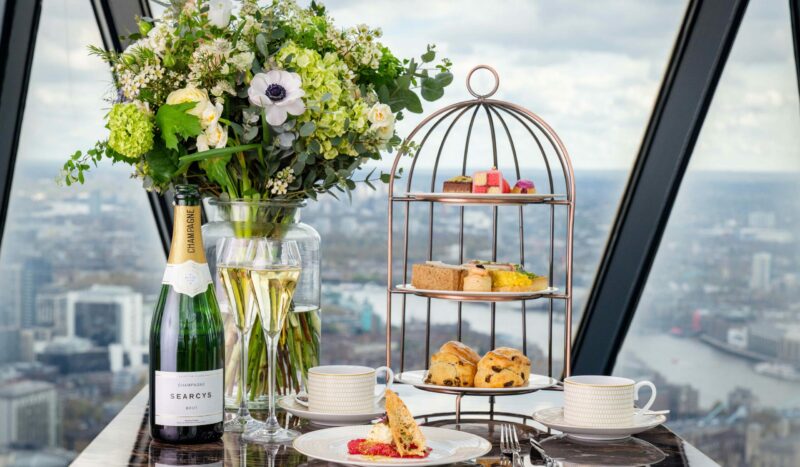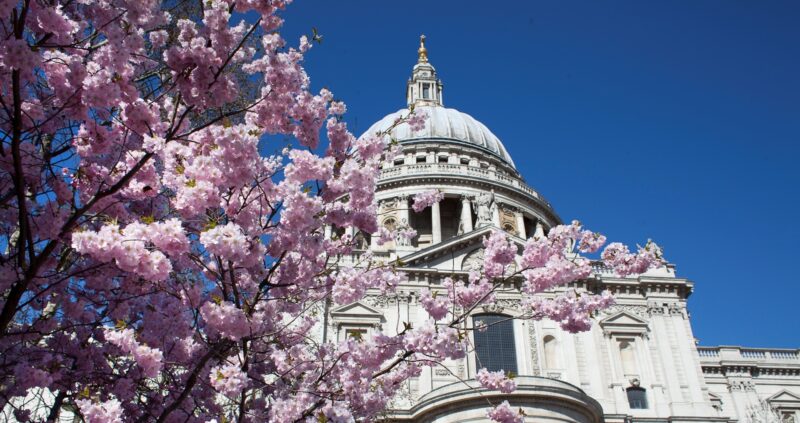
Who’s getting a round in? Pulling pints is just one glorious role performed by the pubs of the Square Mile - they’ve been at the heart of London life for centuries, providing refuge, inspiration and (naturally) plenty of beer for the capital’s great and the good.
Some of the City’s oldest taverns have survived plague, fire, war and modernisation, and are still serving today. This means you can get a round in with the locals and sit where Shakespeare perhaps grappled with rhetorical questions, or where Dickens found inspiration for his rogues and rascals (maybe – although those writers were definitely City pub punters).
Ye Olde Cheshire Cheese
This labyrinthian pub, one of London’s few remaining 17th century chophouses, is possibly one of the most famous pubs in the world after Charles Dickens, a regular, featured it in A Tale of Two Cities. Dictionary creator Dr Samuel Johnson, Mark Twain, PG Wodehouse, plus princes and ambassadors have all supped an ale in these atmospheric rooms. Order a pint and go find Polly the (stuffed) parrot – she died in 1926 but was famous for entertaining pub regulars for 40 years.
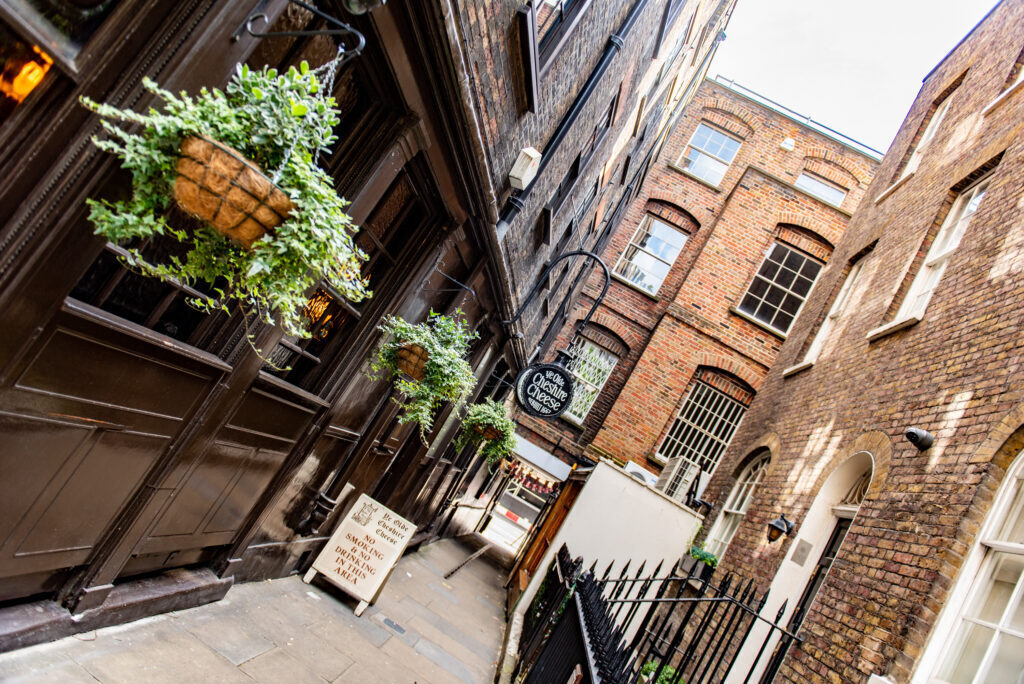
© Ye Olde Cheshire Cheese
The Blackfriar
While you’re here, raise a glass to Sir John Betjeman who helped save this beautiful pub from demolition in the 1960s. This curious wedge-shaped building is an Art Nouveau Grade II listed masterpiece, full of Victorian era arts and crafts-style mosaics and ornamental balconies. The menu runs from vegan burgers to traditional British pies.
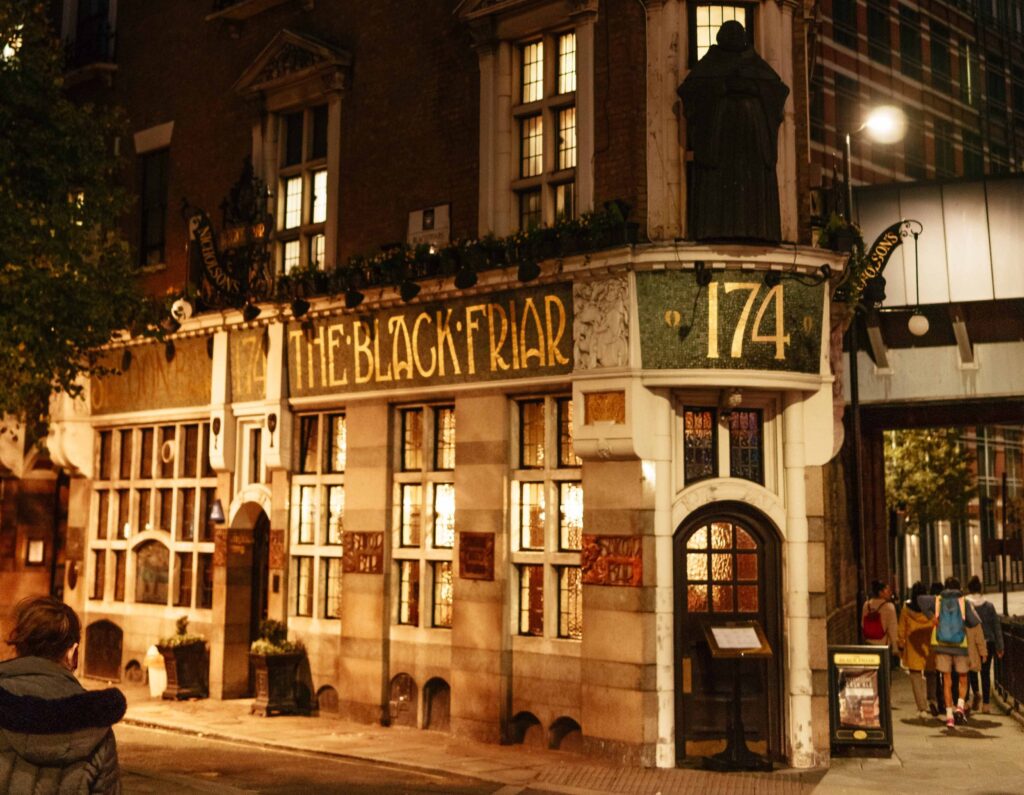
The Blackfriar
Punch Tavern
Named in honour of the regular drinkers from the nearby Punch magazine office back in the 1840s, this Fleet Street watering hole keeps today’s regulars satisfied with lunch specials, vegan options, Steak Fridays, Sunday roasts, quiz night Tuesdays, and a wealth of cask ales and craft beers with gin a speciality.
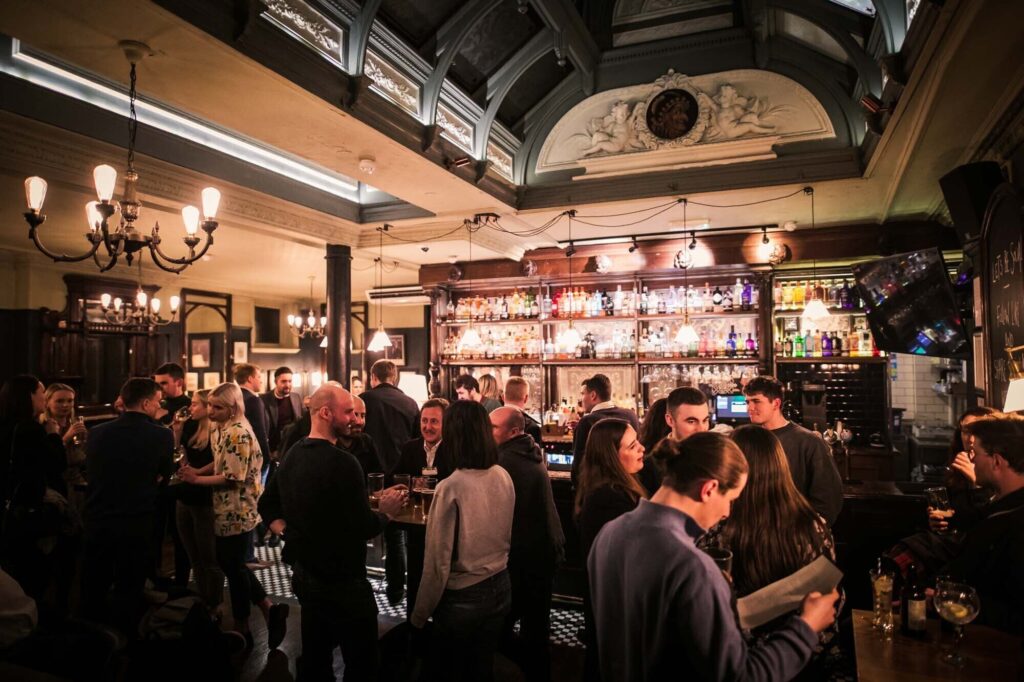
© Punch Tavern
Old Doctor Butler’s Head
Serving the Moorgate masses for more than four centuries, this tavern is still popular today thanks to its warm atmosphere and traditional pub grub. If you’re wondering, the real Dr Butler was a 17th century physician who, despite becoming court physician to King James I, had some, erm, ‘interesting’ treatment methods such as plunging patients into the Thames to cure the plague.
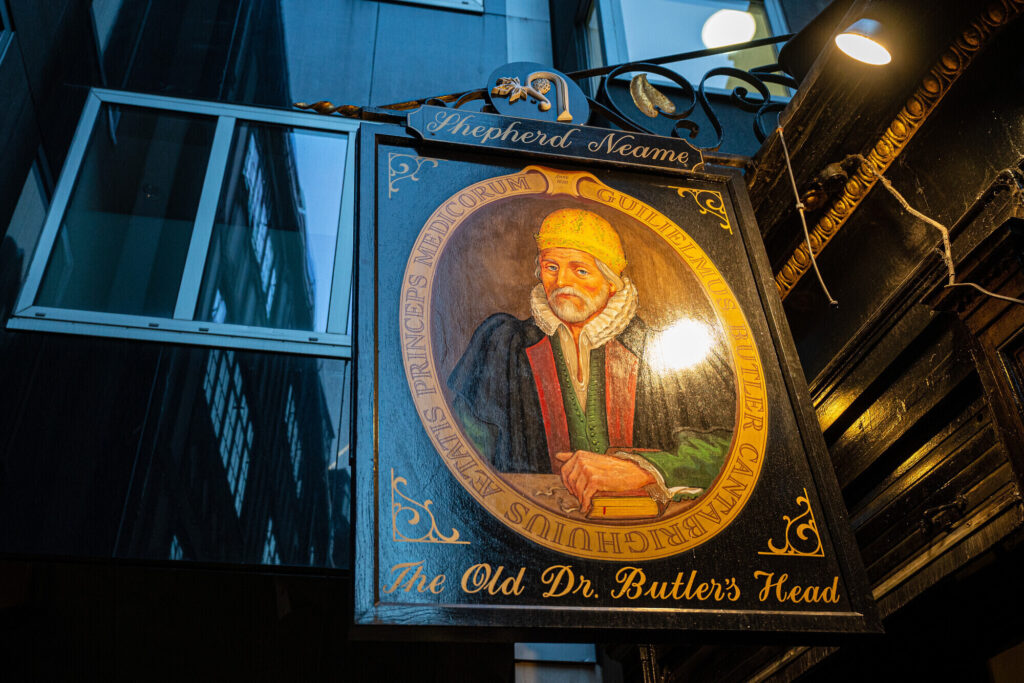
© Old Doctor Butler’s Head
The Hoop and Grapes
This charmingly twisted, wonky little pub amazingly survived the Great Fire of London – the fire stopped a mere 50 yards from the building. Built in 1593 (it’s the oldest licensed house in the City), it still serves wine and beer (the clue is in its original name, Hops and Grapes) but now craft beer, alcohol-free drinks and pub food join today’s menu. They love a traditional pie but this also covers a lentil and vegetable version for vegans.
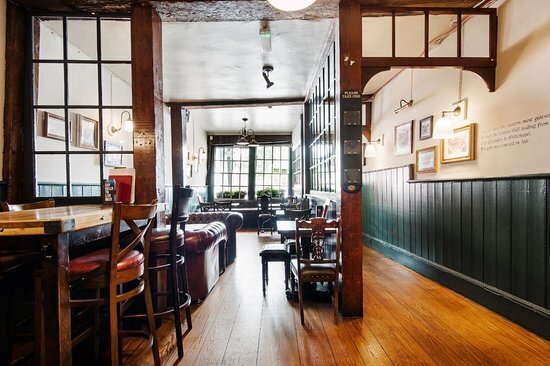
The Hoop and Grapes
Williamson’s Tavern
The 1930s-style interior of this intriguing pub hides an even longer history. Having once been the residence of the Lord Mayors of London, King William III and Queen Mary dined here, and today locals and tourists alike tell of the ghostly apparition of Martha, a poltergeist who has even scared police dogs. On most days, Martha leaves drinkers and diners in peace (you’ll be pleased to know).
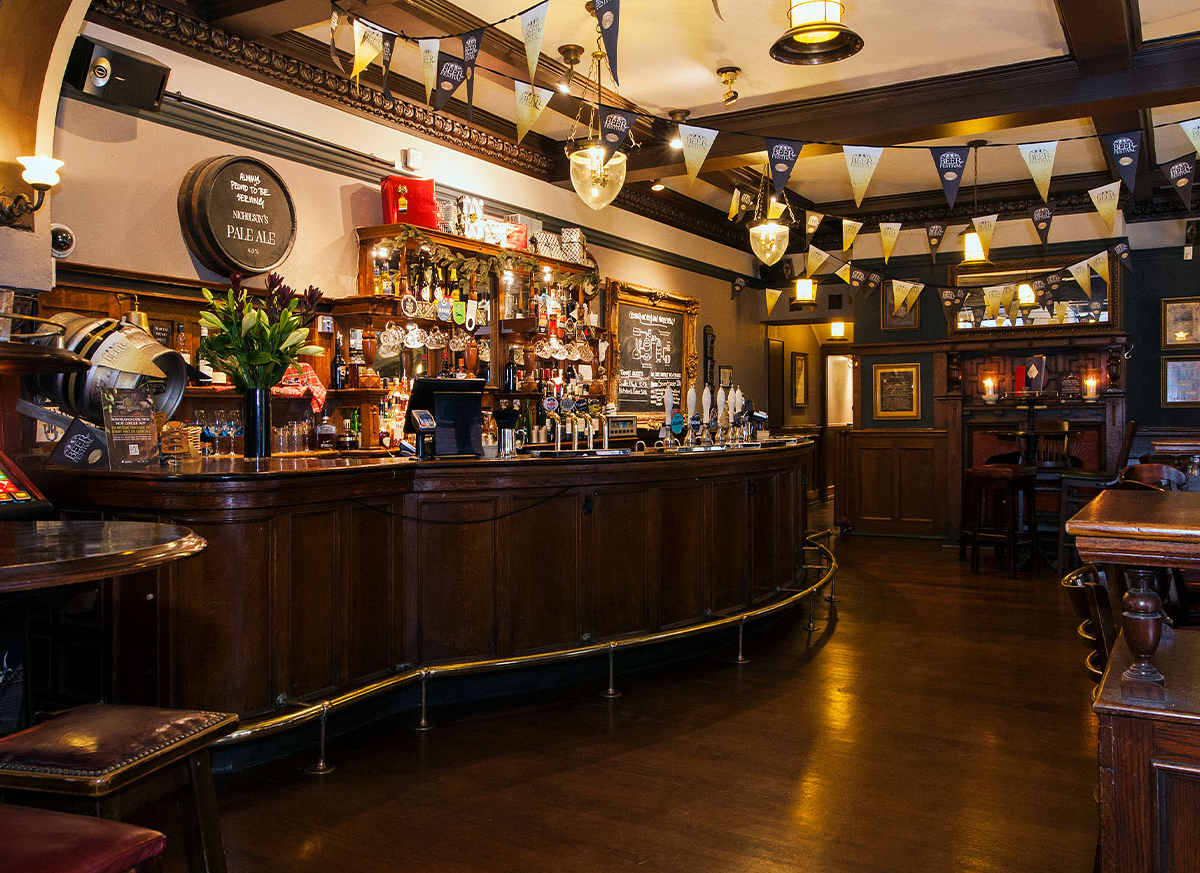
© Williamson’s Tavern
The Hand & Shears
Smithfield’s only Grade I listed pub has been operating on this site since the 16th century, although today’s building dates from around 1852. Centuries ago the tavern would have hosted community meetings, sporting events and a court for cloth merchants to settle disputes. Regulars still flock to its bar today to sip seasonal local beers and sample the extensive wine list.
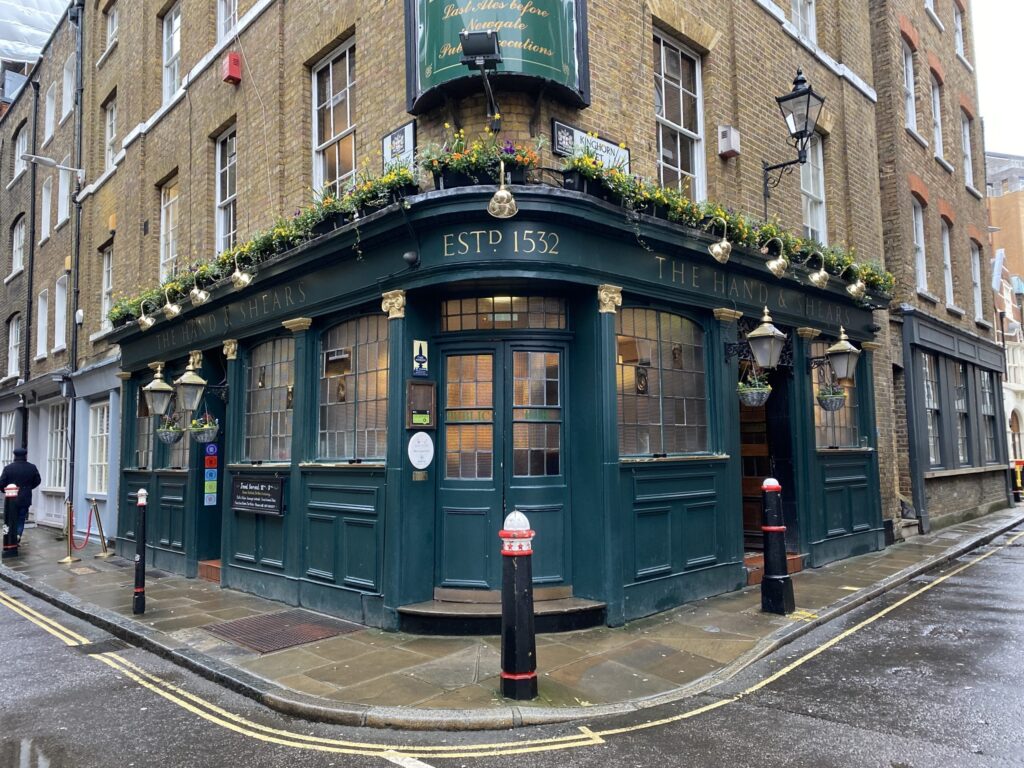
© The Hand & Shears
The Lamb Tavern
Located in the beautiful Victorian arcade of Leadenhall Market, the menu of this 18th century bar and dining room celebrates the market’s heritage of British meat, poultry and game. It remains popular with City workers due to an extensive drinks menu, and food including Guinness rarebit and Dorset lamb shank.
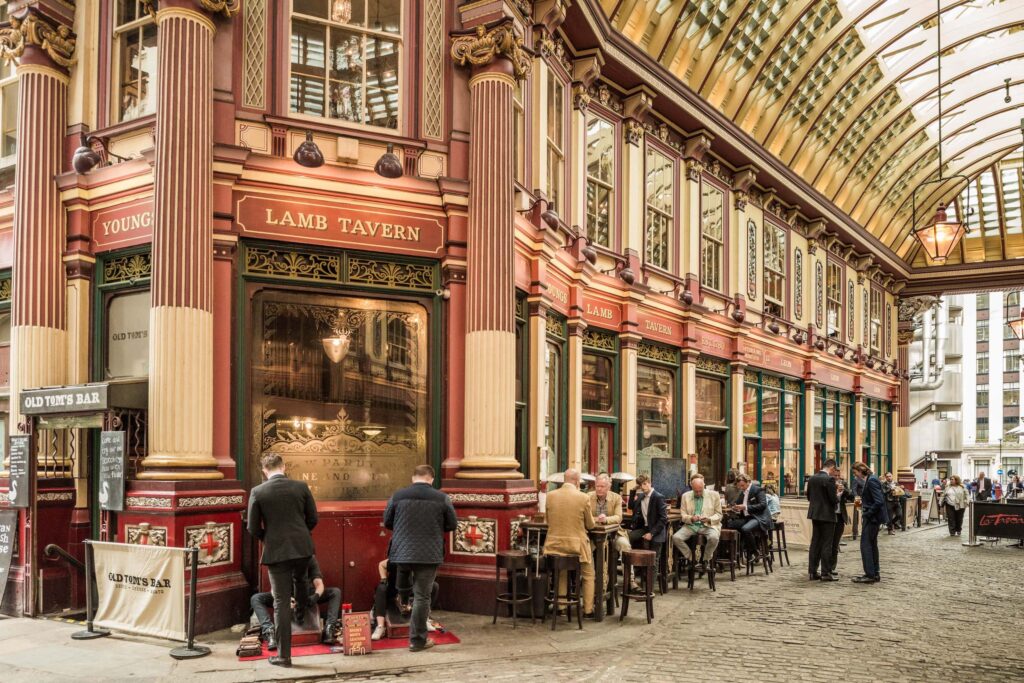
© The Lamb Tavern
Ye Olde Watling
Did you know that right where you could be getting stuck into a plate of fish and chips (or beluga lentil nourish bowl), the plans for St Paul’s Cathedral were being drawn up back in the 17th century? Even with his mind on these ambitious plans, St Christopher Wren still made time to have this pub rebuilt after the Great Fire as a place for his workers to drink.
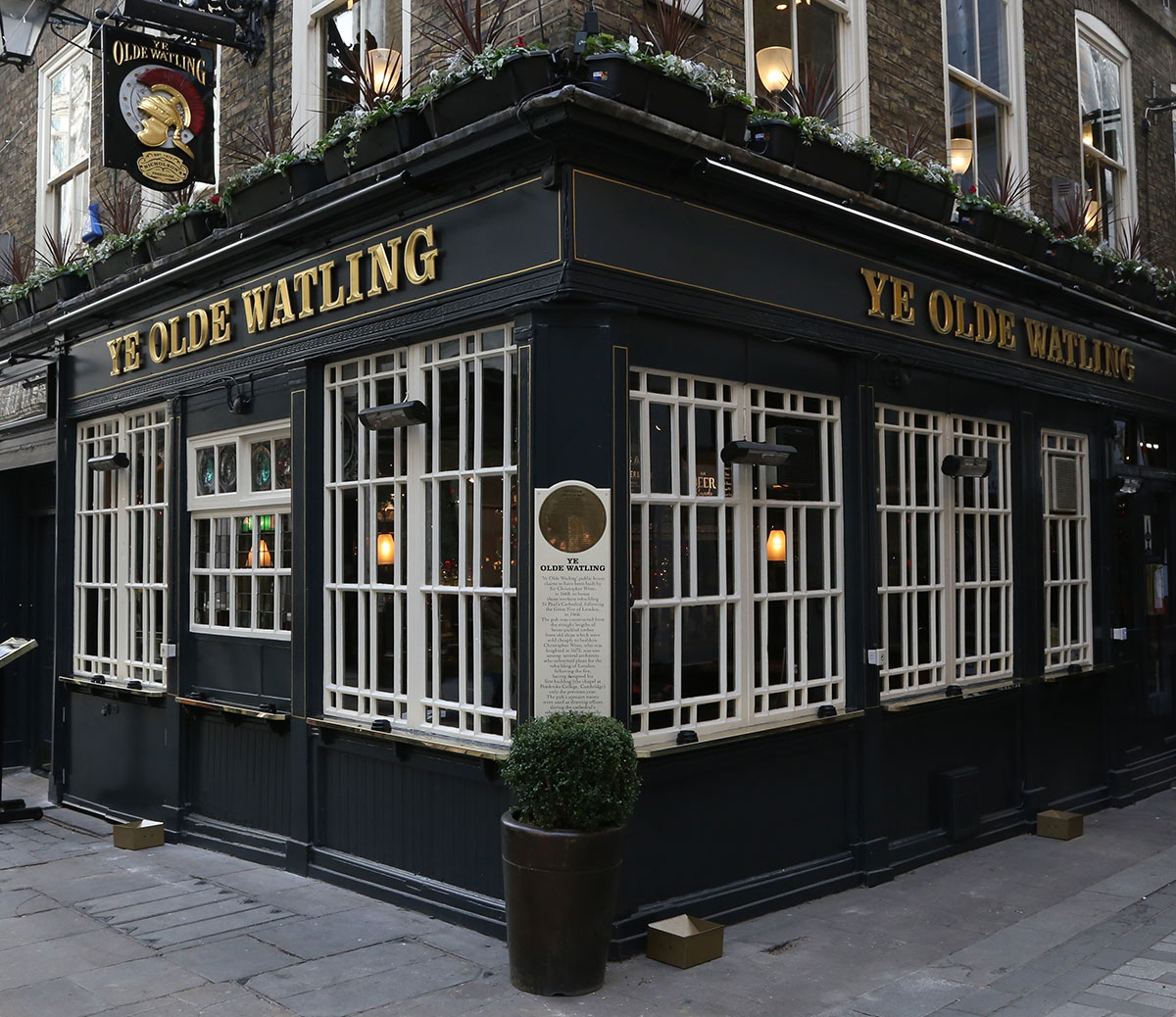
© Ye Olde Watling
